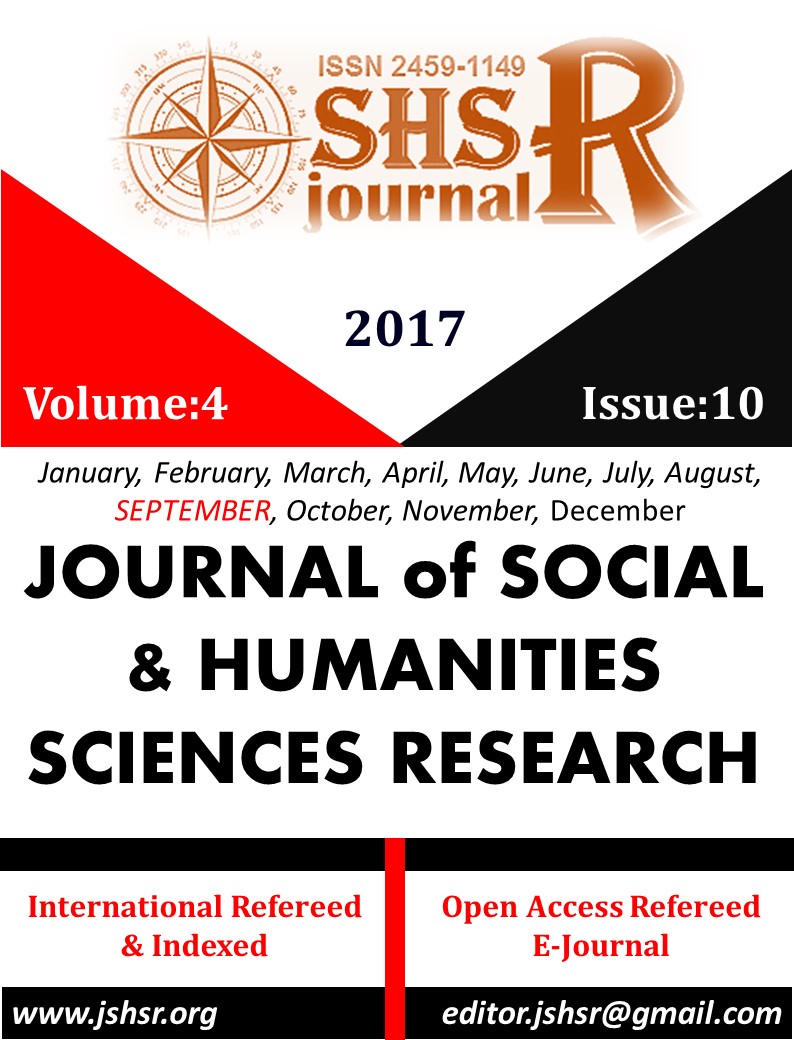PROVERBS and IDIOMS as TURKISH CULTURAL ELEMENTS in TURKISH as a FOREIGN LANGUAGE TEXTBOOKS
DOI:
https://doi.org/10.26450/jshsr.55Keywords:
Turkish language, proverb, idiom, cultureAbstract
Teaching Turkish as a Foreign Language has been gaining importance in teaching Turkish culture and language to foreigners and their surroundings as a result of mass immigration to the country. Thus, it is important to focus on required elements such as textbooks, materials, language teaching methods, and techniques in Teaching Turkish as a Foreign Language to enhance a high quality level of language teaching. The current study focuses on 3 educational sets consisting of 14 books and 25 units used in Turkish Teaching Centers. In the study, a number of provers and idioms that are important elements in teaching and acquiring a language are investigated and a quantitative analysis is derived from their frequency in the related educational sets. The analysis has indicated that Yedi İklim consisting of 6 books prepared by Yunus Emre Institution includes the most proverbs with a number of 64 and with 34 elements, the least was Yeni Hitit, a set of 3 books, prepared by Ankara University. Although the least quantitatively, Yeni Hitit is remarkable in distribution of proverbs to each units and in not repeating itself. As for the idioms, Yedi İklim seems to include the most with a number of 686, the set prepared by Gazi University includes the least by 362. Concerning the distribution of idioms in each books and units, Yeni Hitit Education Set, by 401 idioms like the case for proverbs, exemplifies those important elements in language teaching in each units in a great harmony with language teaching methods and techniques
Downloads
Published
How to Cite
Issue
Section
License
Copyright (c) 2017 INTERNATIONAL JOURNAL OF SOCIAL HUMANITIES SCIENCES RESEARCH

This work is licensed under a Creative Commons Attribution 4.0 International License.


